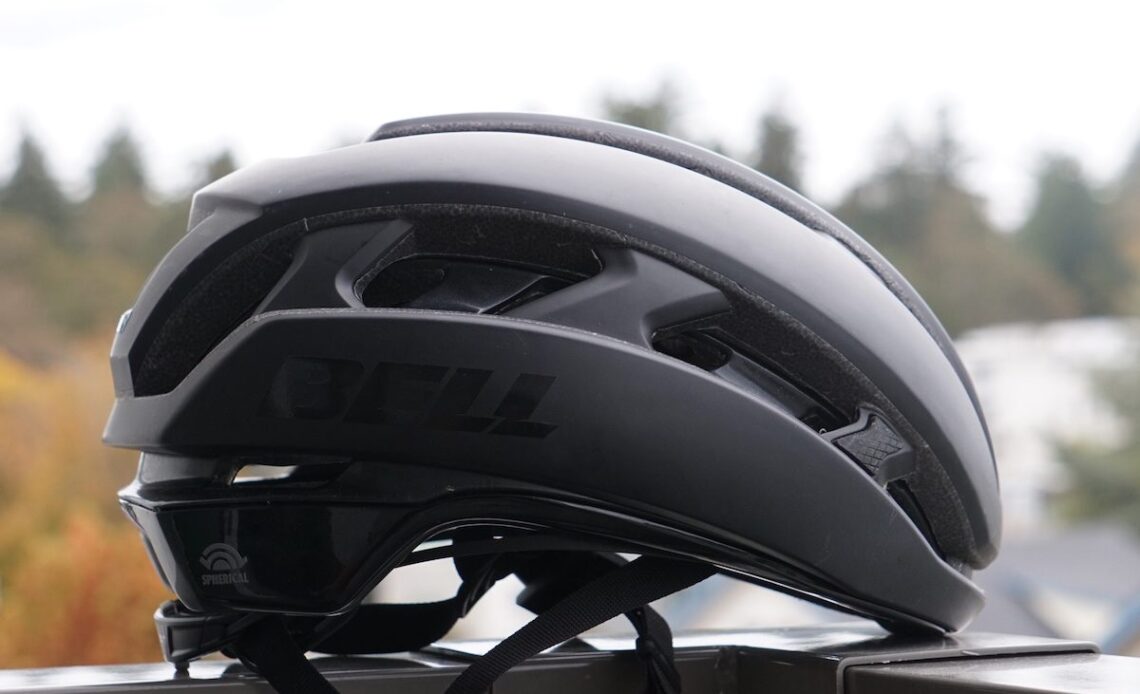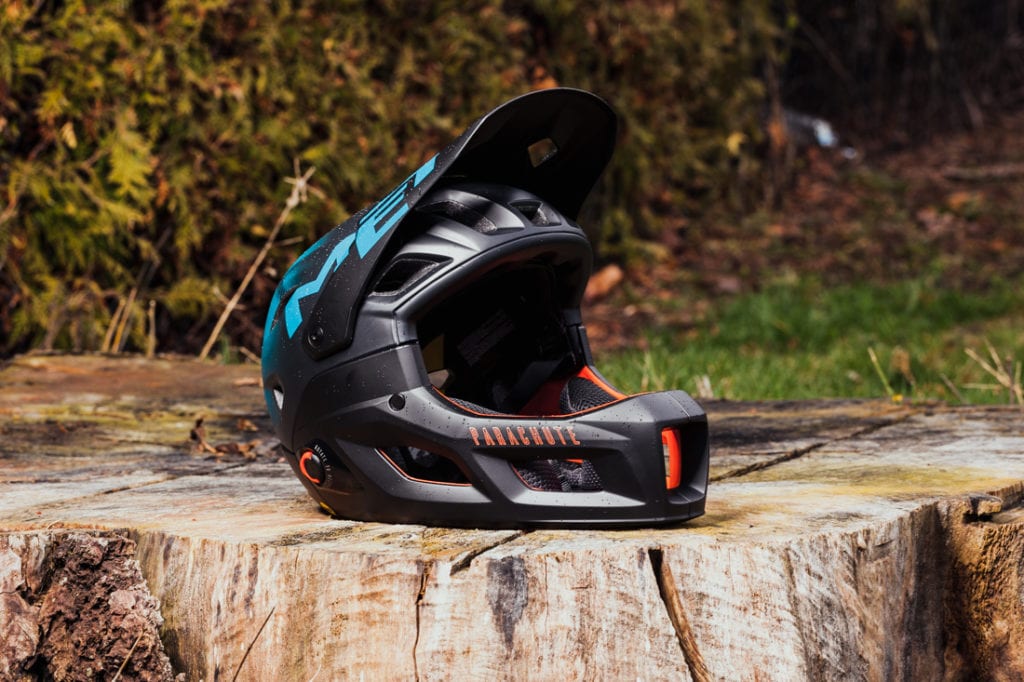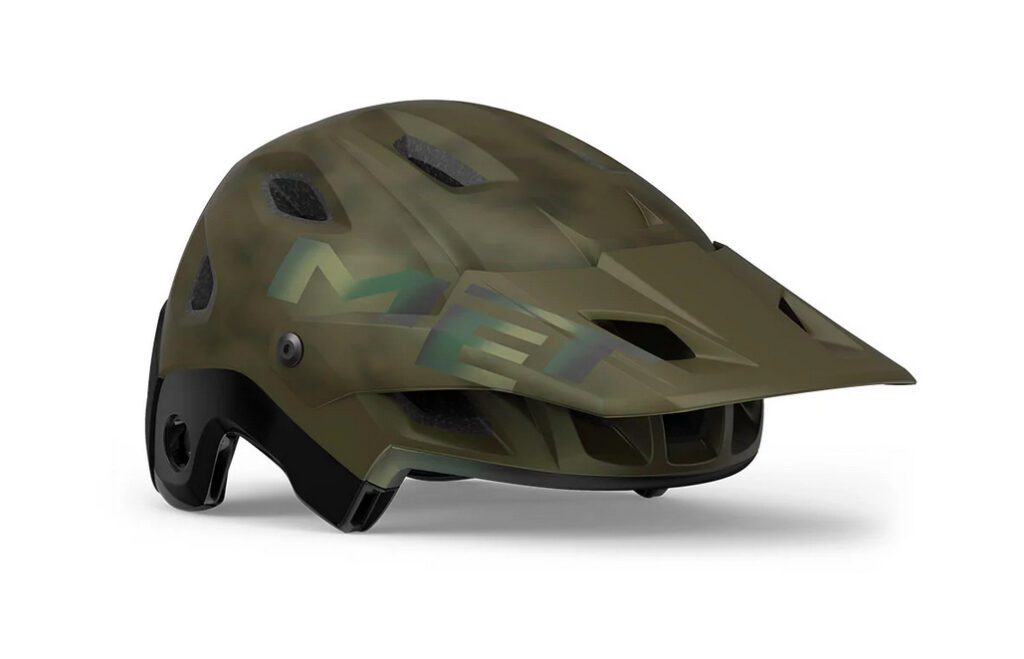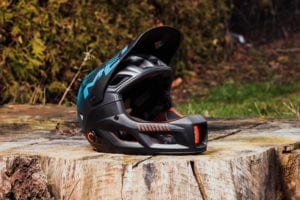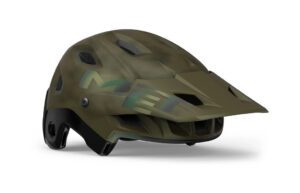Mountain biking is very much a gear-heavy sport. To the point where it can be overwhelming to keep track of all the newest and different lines of gear and equipment. Helmets should be simple but are getting increasingly complex.
Full-face helmets, for example, used to be exclusively for downhill and freeride. Now, most enduro racers have to wear a full face or a convertible helmet and many riders opt for the added protection even if they aren’t racing. So when do you choose a full face? When are you safe with less coverage? Here’s a quick guide to the different types of helmets available now, and how to choose the best one for you.
XC / Road
For the cross country types, a road helmet is often the go-to choice for racing. They are lighter than most mountain bike helmets and often offer better ventilation. Because they offer less coverage, they should really only be used for cross country riding. The growth of gravel riding has led to a new type of helmet, like the Bell XR, that are a mid-point between road and trail helmets. They offer more coverage while still prioritizing a low weight and good ventilation.
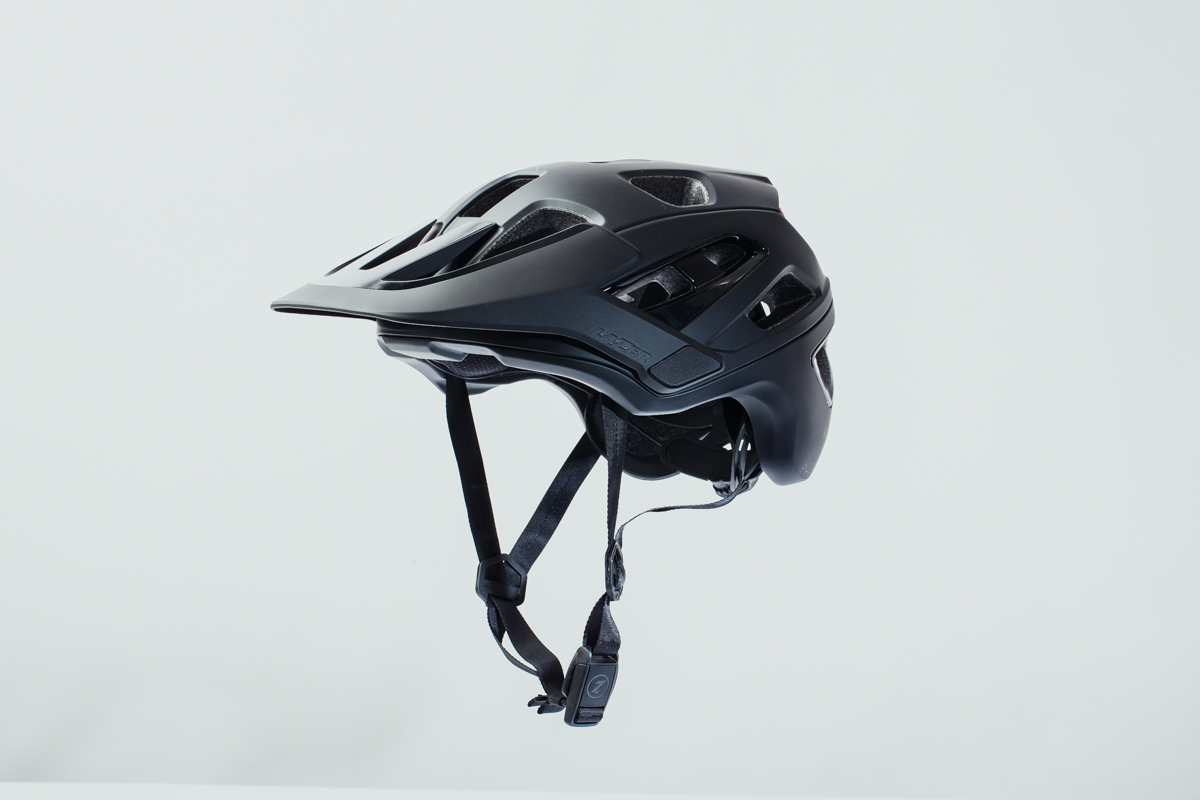
Trail helmets
The second type of half-shell helmet is the broad category of trail helmets. These are the best option for the widest variety of mountain biking. They offer more coverage than a road (or “gravel”) helmet by extending the shell further down the back of the head, and sometimes the side, and including a visor. Trail helmets vary in weight and coverage, with some now extending down far enough to cover the ears. They work with sunglasses or, in many cases, goggles. This is the standard helmet, what most people would think of as a mountain bike helmet, and great for all types of trail riding short of shuttle-access DH and bike park riding.
Convertible helmets
Convertible helmets aren’t new, they were first introduced at the turn of the century. But they have improved significantly in the past 20 years. Convertible helmets offer the protection of a full-face with the option to remove the chin-bar, leaving you with a trail helmet that offers more ventilation and lighter weight. This effectively makes them two helmets in one. They are great for riders that either climb a lot to access their trails or only…
Click Here to Read the Full Original Article at Canadian Cycling Magazine…

